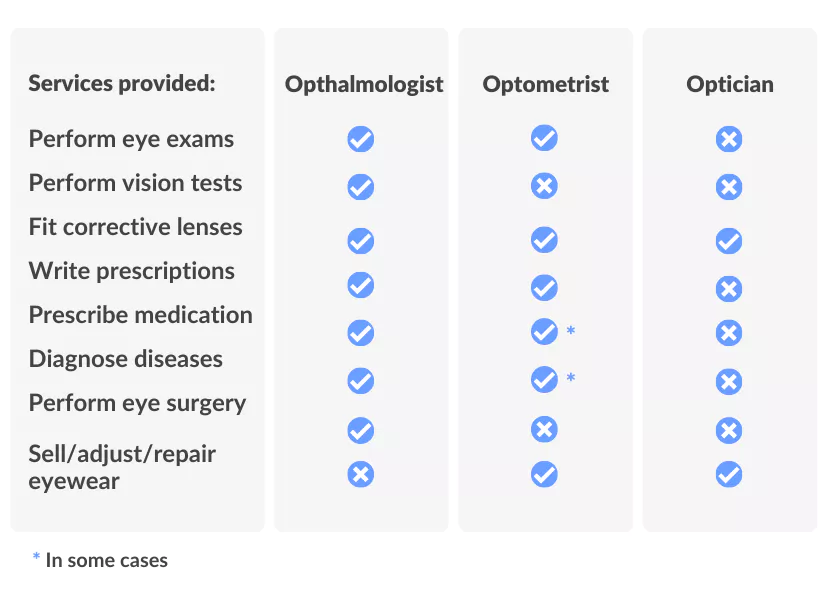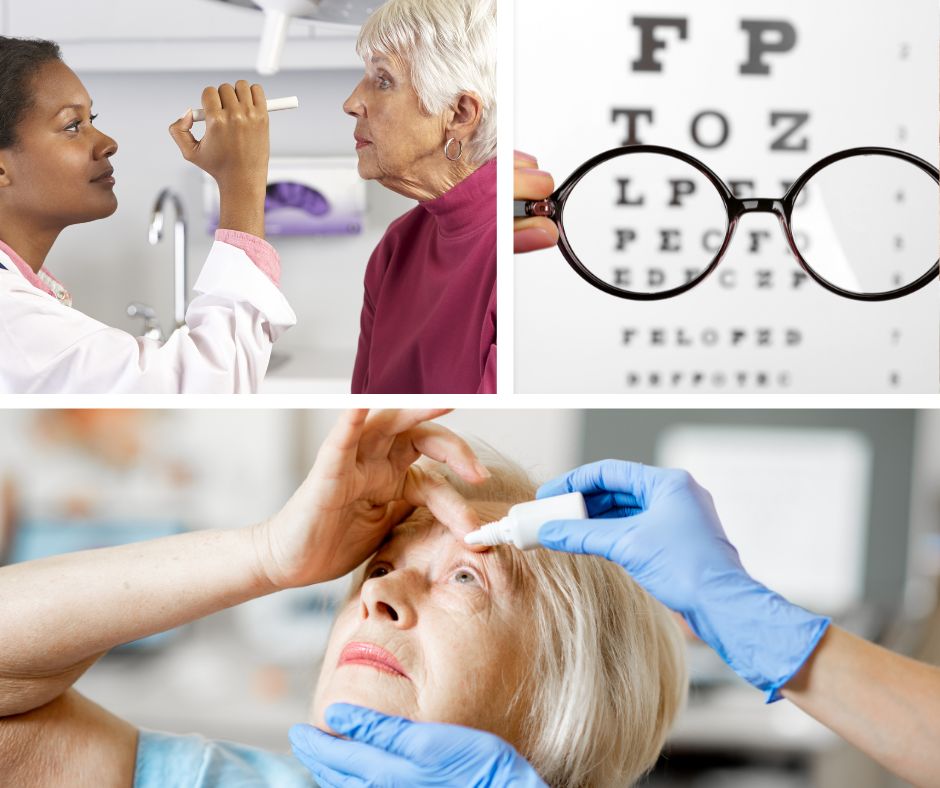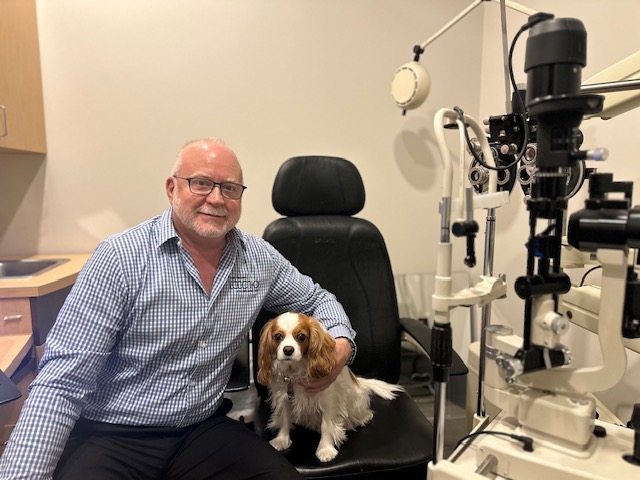“To understand the differences between providers of eyecare, remember the three “Os,” explains Richard S. Grifasi, OD (Doctor of Optometry).

- Optician – a trained eyewear fabricator and fitting specialist
- Optometrist – a physician specializing in general eye care, including eye disease treatment
- Ophthalmologist – a physician and surgeon specializing in eye disease treatment and surgical procedures
Dr. Grifasi is an optometrist who has been in practice in Southern Delaware “34 years and counting,” he says with a bit of surprise in his voice. His practice in Lewes is named L’Occhio (“the eye” in Italian) and provides primary eyecare as well as a division of upscale eyewear, giving his patients the convenient option to have comprehensive annual exams, as well as prescriptions for eyeglasses, dispensed by his opticians.
Opticians can assist in choosing and fitting frames and measuring lens requirements, such as for bifocal and progressive lenses.
When asked his professional opinion about the quality of eyecare and eye specialists in Sussex County, Dr. Grifasi doesn’t hesitate to commend his optometry and ophthalmology colleagues. “The level of eyecare here is excellent, and there are highly trained, board-certified surgeons usually with sub-specialties in certain procedures.”

There is often confusion however, on where a patient should start when choosing providers. “Think of your optometrist as your primary eye care provider that can examine, diagnose, treat or make a referral to an ophthalmologist for further specialized treatment,” says Grifasi.
The biggest challenges facing seniors in his decades of practice include age-related macular degeneration (AMD) and diabetic eye disease (retinopathy), according to Grifasi. In both cases, risk factors increase with age – and certainly with smoking. Other common but treatable conditions include glaucoma and cataracts.
Eye care treatment advances have improved drastically in recent years, including nerve regeneration, injections and medications. Laser (LASIK) surgery to correct certain vision parameters has also proven to be highly effective.
Other non-emergency treatment provided may include pink eye or styes, dry eye and common allergy related symptoms. Dry eye treatment, for example has come a long way with the development of medications prescribed by an optometrist.
Finding a suitable optometrist, Grifasi says, is a combination of having regular, thorough exams and patient education. Another suggestion he has is to discuss insurance including Medicare with knowledgeable staff that can help navigate the insurance maze, including vision plans.

Dr. Grifasi emphasizes that often, an expensive supplemental vision plan is not worth the expense by the time deductibles and copayments and exclusions are considered. Patients often misunderstand that regular eye exams as well as medications and certain procedures are already covered through insurance because it is an eligible medical expense. Finding an optometrist with a courteous staff can take away the mystery of insurance plan eligibility and vision plans.
Asked what inspired him to become an optometrist, Dr. Grifasi cites how vision has always fascinated him. And optometry has provided him a “great balance for personal and professional lifestyle.”
Indeed, there is some overlap of both in his practice. The office greeter is a sweet and remarkably calm King Charles terrier named Penny, who has a tiny bed in every exam room, and is happy to wander through the office quietly, much to the delight of the patients. Many bring her gifts and treats. “She has a calming presence, which is good for patients,” Dr. Grifasi says with affection. Penny goes home with him every day after her day at “work.” She also has a balanced personal and professional lifestyle.
For more information on eye care topics and resources, visit Dr. Richard Grifasi’s website, L’Occhio Eyecare and Eyestyle, or call (302) 644-1039.
By Bridget FitzPatrick
# # #